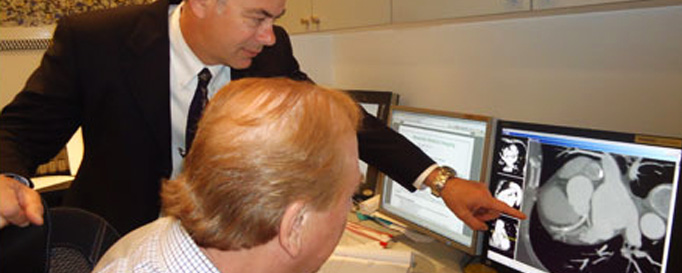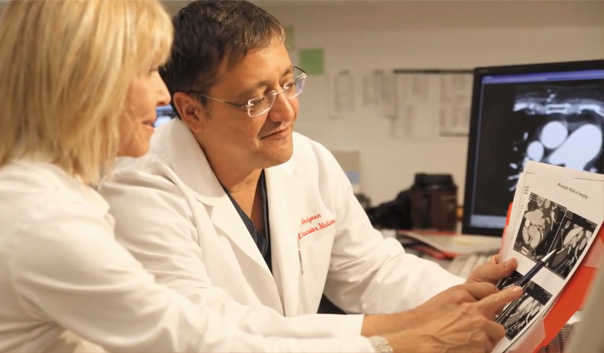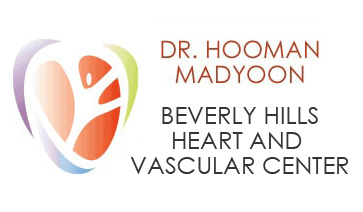OUR BUSINESS IS IDENTIFYING RISK
BEFORE A MORE SERIOUS PROBLEM OCCURS
Call today for a consultation!
310-492-8858
DEEP VEIN THROMBOSIS TREATMENT
Deep Vein Thrombosis (DVT) is a type of severe condition that causes a large blood clot to form deep into your veins. Clots form when the blood thickens, clumps together, creating a gel-like state texture. Deep veins are veins enclosed within your muscles. DVT can happen anywhere when there is a deep vain. The majority of Deep Vein Thrombosis occurs in the pelvis, calf, or thigh. DVT can also occur in the arms or neck.
When DVT blood clots tears and move through the bloodstream to the lungs, Pulmonary Embolism (PE) can occur. PE happens when there is a blockage in the lungs, preventing blood flow. Pulmonary Embolism can potentially lead to death. Deep vein thrombosis (DVT) and Pulmonary Embolism (PE) kill more people than heart attacks every year.
What causes Deep Vein Thrombosis?
DVT occurs when your blood is not circulating. Ineffective blood circulation or clotting occurs when there is damage to the blood vessel. Immobility and genetics are often the main factors. There are other associated risk factors, as well.
What are the Risk Factors?
Anyone can get DVT at any time and is difficult to detect. Individuals with many risk factors can increase your chances of developing DVT.
Risk factors for DVT include:
- Family history of blood clots
- Older age
- Slow blood flow
- Hormone therapy including birth control pills, pregnancy or childbirth
- Injuries such as broken bones
- Prolonged immobilization such as hospital stay or lengthy travel
- Obesity
- Tobacco usage
What are the symptoms of Deep Vein Thrombosis?
More than 900,000 Americans get DVT every year. It is important to note that 50% of people with DVT experience no symptoms at all. Early detection of signs can be a difference between life or death. It is crucial to talk to your doctor to see if you are at risk.
For those who do have symptoms, the most common ones are;
- Leg swelling
- Leg pain, cramping or tenderness
- Red, hot, or discolored skin
- Anyone with leg swelling should have their provider evaluate them for blood clots or venous insufficiency.
DIAGNOSIS OF DVT

At Beverly Hills Heart and Vascular Center, we strive to give all our patients the best care. Our staff wants to get to the root of the problem. Our provider will ask questions about symptoms and medical history. During the physical exam, your provider will check for physical signs of symptoms. Symptoms include swelling, tenderness, or redness of the skin. Your provider may order extra testing.
Beyond Traditional DVT Treatments
DVT is treatable but can lead to severe complications. If you have a blood clot, you want to do everything you can to take charge of your condition. Traditional DVT treatments such as blood thinners and compression stockings are often not enough.
An appointment with Dr. Hooman Madyoon is here to help you beat DVT. The staff at Beverly Hills Heart and Vascular Center treat beyond medication therapy. The Madyoon Method goes above and beyond traditional DVT treatments. The Madyoon Method employs the latest technologies. Dr. Madyoon uses clot busters and devices to remove blood clots.
Dr. Madyoon has pioneered modern interventional therapy for DVT and PE at Cedars Sinai Medical Center. Schedule your appointment today.
How to Prevent Deep Vein Thrombosis?
You can help treat or prevent a blood clot from forming. There are easy ways to prevent DVT from occurring.
Simple lifestyle changes, such as:
- Maintain a healthy weight
- Lower your blood pressure by reducing salt and sugar intake
- Move around such as short walks, simple exercises or stretching/flexing
- Stay hydrated but avoid drinking caffeine or alcohol
- Avoid tobacco usage
- Wear loose clothing
- Patient’s who follow post-surgery directions
If you need deep vein thrombosis treatment in Los Angeles, you can book an appointment with Dr. Madyoon, Cardiologist in Beverly Hills or contact us to learn more.
